Advanced Threat Protection safeguards organizations from sophisticated cyber threats by using next-gen technologies like machine learning and behavioral analysis. It ensures thorough protection against potential attacks, offering comprehensive security intelligence and dynamic defense mechanisms.
By focusing on detecting and responding to advanced threats, ATP systems provide organizations with tools to identify, mitigate, and neutralize threats in real time. These solutions often integrate with existing security infrastructure to elevate an organization's security posture, offering enhanced visibility and control over potential risks. The focus on early detection and rapid response capabilities helps protect critical data and systems from emerging threats.
What are the critical features of Advanced Threat Protection?In finance, ATP solutions help protect against phishing and malware targeting sensitive customer data. Healthcare organizations use these solutions to secure patient records and comply with privacy regulations. Retailers employ ATP to guard against cyber threats during payment processes, ensuring customer trust and safety.
By leveraging ATP, organizations can confidently navigate complex threat landscapes. These solutions provide indispensable security against advanced attacks, helping maintain operational integrity and data safety for businesses in any sector.
| Product | Market Share (%) |
|---|---|
| Palo Alto Networks WildFire | 10.7% |
| Microsoft Defender for Endpoint | 9.0% |
| Fortinet FortiSandbox | 8.7% |
| Other | 71.6% |









![Microsoft Defender Threat Intelligence [EOL] Logo](https://images.peerspot.com/image/upload/c_scale,dpr_3.0,f_auto,q_100,w_60/GqfBeX9zWxZG3rC5hyrUo9Aq.jpeg)




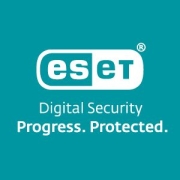









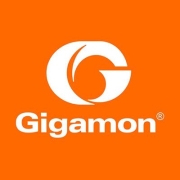

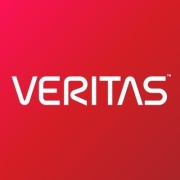


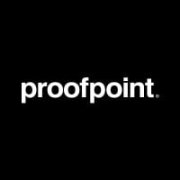


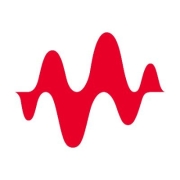















Typical security tools, like antivirus software and firewalls, rely on matching the signatures of known malware and blacklisting known threat sources. But these measures are not completely effective in stopping advanced persistent threats. These days, attackers use a variety of attack vectors and methods that can bypass traditional protection.
The cyber threat landscape has changed drastically in recent years. Most companies were faced with a sudden need to move to the cloud and manage remote workforces. This moved the perimeter to protect to the endpoints, which became the first line of defense for cybersecurity programs. It means endpoints require advanced security solutions to protect them.
ATP solutions provide this level of protection. They combine several next-generation security technologies to identify attacks early in their life cycles, which can actually break the attack chain and prevent further similar threats.
Advanced Threat Protection in a cloud environment leverages a comprehensive suite of technologies to monitor, detect, and respond to potential threats. By analyzing network traffic, user activities, and application behaviors in real-time, ATP identifies anomalies and employs machine learning to predict and mitigate potential attacks. It operates seamlessly across multiple cloud services, providing unified protection through integrated security controls and automated threat response mechanisms.
Why should you integrate Advanced Threat Protection with your existing security infrastructure?Integrating Advanced Threat Protection with your existing security infrastructure enhances your overall defense strategy by building layered security that covers potential attack vectors. ATP provides advanced detection capabilities that complement traditional tools, such as firewalls and antivirus software. By including automated response protocols, it reduces the time and resources needed to address threats, leading to more efficient security management and improved protection against sophisticated cyberattacks.
What are the benefits of using Advanced Threat Protection for endpoint security?Advanced Threat Protection offers robust benefits for endpoint security by providing real-time threat detection and prevention against malware, ransomware, and zero-day exploits. ATP continuously monitors endpoints for suspicious activities and employs AI-driven analysis to deliver accurate threat intelligence. It enables automated interventions that limit damage and facilitate rapid recovery, ensuring endpoints remain secure across various environments and devices without disrupting user productivity.
How can Advanced Threat Protection improve your organization's incident response process?Advanced Threat Protection can significantly enhance your incident response process by offering automated tools that speed up threat detection and mitigation. ATP solutions provide visibility across your IT ecosystem and generate detailed threat intelligence reports. These insights help you prioritize response efforts effectively. With ATP's continuous monitoring and alerting, you can quickly identify and neutralize potential threats before they escalate, streamlining your incident management workflow.
What role do machine learning and AI play in Advanced Threat Protection?Machine learning and AI are pivotal in Advanced Threat Protection, powering its ability to predict, detect, and respond to threats efficiently. These technologies analyze vast amounts of data across networks to identify patterns and anomalies indicative of security threats. Their learning capabilities evolve with each interaction, making ATP systems increasingly adept at recognizing new and sophisticated cyber threats. This dynamic approach ensures proactive threat management that evolves alongside the changing threat landscape.